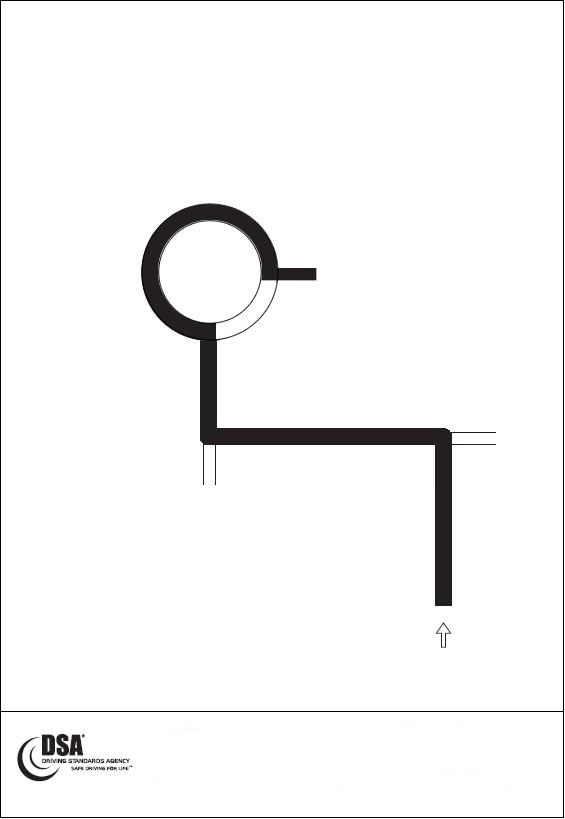Careless drivers across Britain who
hog lanes or tailgate can now be punished with on-the-spot police fines.
Under the new measures, officers can issue £100 fines and three points rather
than taking drivers to court.
Ministers said it would make tackling problem motorists easier.
Fixed penalties for a number of offences, including using a phone or not
wearing a seatbelt while driving, have also risen from £60 to £100.
More serious driving offences will still go through the courts and could
result in much higher fines and penalties.
'Lives at
risk'
But people caught carrying out offences subject to the new penalties, which
were first announced in June, will be able to choose between an on-the-spot fine
or the chance to go on a driving course.
The move, which does not apply in Northern Ireland, brings careless or
inconsiderate driving offences into line with the penalties for similar
non-motoring fixed penalties. Drivers can still appeal against any decision
through the courts.
Among the offences police are expected to focus on are:
• Driving too close to the vehicle in front
• Failing to give way at a junction (not requiring evasive action by another
driver)
• Overtaking and pushing into a queue of traffic
• Being in the wrong lane and pushing into a queue on a roundabout
• Lane discipline, such as needlessly hogging the middle or outside lanes
• Inappropriate speed
• Wheel-spins, handbrake turns and other careless manoeuvres
Many such offences currently go unpunished because of the bureaucracy
involved in taking a case to court.
Not only does a motorist have to be stopped by the police, but a summons has
to be issued and evidence presented in court.
Road safety minister Stephen Hammond told BBC Breakfast that the fines had
been increased to "reflect the severity and the seriousness of offences".
He added: "I think it's the right level to choose, and I'm convinced that it
will be a deterrent for a number of people."
'Numbers
game'
Responsible drivers would welcome the changes but added that a
survey of 20,000 motorists suggested one in three could be caught out hogging
the middle lane.
It's worth bearing in mind that this isn't a new offence, it is just another
way of dealing with the current offence of "careless driving".
In the past, the police might have just given you a verbal warning - or in
extreme cases taken you to court. Now they can do something in the middle. Give
you a fine, and maybe points.
I am told that the police are expected to focus on situations involving
slightly aggressive and inconsiderate driving.
We'll just have to wait and see how many fines get handed out and for exactly
what kind of offence.
"We are pleased to see that at long last new powers and
fines will be given to the police to tackle the top three pet hates of drivers -
tailgaters, mobile phone abusers and middle-lane hogs," said AA president Edmund
King.
Motoring group the RAC said fines were "one part of the solution" to bad
driving.
"The question that still remains is how the traffic police will practically
enforce this law," said technical director David Bizley.
Road safety charities have welcomed the government's attempt to crack down on
careless driving but expressed concerns about the way the fines would be
implemented.
The Royal Society for the Prevention of Accidents said a "robust monitoring
system" was needed to enforce the changes, with more training on the new powers
needed for police officers.
Brake said that while it backed the introduction of fixed penalties, the
level of fines should be increased to between £500 and £1,000 so they were "high
enough to deter all bad drivers".
The Institute of Advanced Motorists (IAM) said driver retraining courses
would be more effective than fines at improving driving.
Chief executive Simon Best warned if the move "just becomes another numbers
game, with thousands of careless driving tickets issued, then the impact will be
limited".

